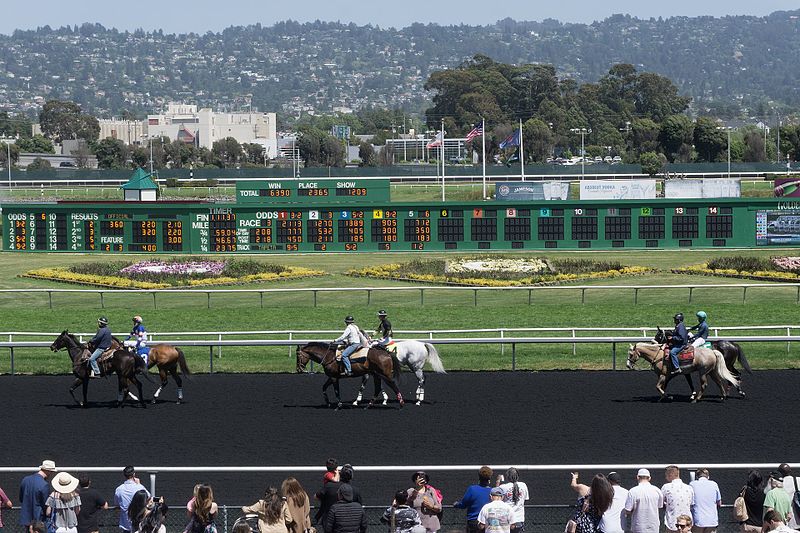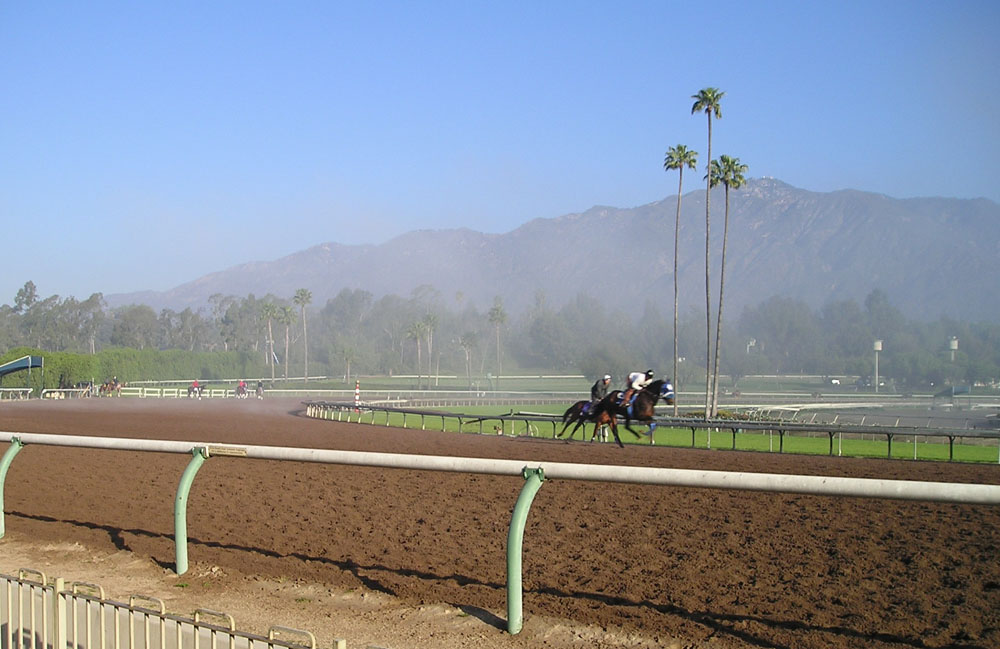
How to bet on horses – Exotic Wagering – Exactas and Quinellas
Betting Exactas and Quinellas
Exactas and quinellas give you a chance to make a good score in races that might otherwise be unplayable. This is due to the fact that while the horse you like might represent poor value in the win pool, it can still be excellent value in the exacta and quinella pools – if you can find the right horses to combine with it.
Exactas require that you pick the first and second place finishers in exact order. Quinellas require that you pick the first two finishers in either order. A $2 straight exacta 4-5 requires that horse #4 finish first and horse #5 finish second. A $2 exacta box 4-5, represents two combinations, 4-5 and 5-4, but costs $4, twice as much as a straight exacta. A $2 quinella 4-5 also pays off on the combinations of 4-5 and 5-4, but at half the cost of the exacta, it usually pays half as much.
Similar to win betting, the key to betting exactas and quinellas is finding value. Prime betting opportunities for exactas and quinellas occur when horses are over bet in the win pool. Also similar to win betting, if an exacta or quinella payoff listed on the tote board before the race is lower than you think it should be, it represents poor value and should probably be left alone.
The worst value in exacta betting is usually the favorite on top (in the win spot) with the second and third choices on the bottom (in second place). These types of combinations often pay lower than they should. Another type of exacta bet that often pays less than it should is the combination of two longshots.
While multiple-horse exacta boxes are thought by many handicappers to be poor wagers, due to money being wasted on combinations that have little chance of winning, there is a situation when these types of bets can be very lucrative. If you determine that a favorite has a good chance of running worse than second in a race in which the secondary contenders are also weak, you can make some good scores using multiple-horse exacta boxes.
Other types of exacta combinations that represent good value include favorites on the bottom, and combinations of medium priced horses. The latter almost always produces payoffs higher than it should. If you have determined the favorite has a good chance of finishing worse than second, try playing some boxes of medium priced horses with smaller saver combinations including the favorite on the bottom of the exacta.
Quinella betting involves slightly different yet still lucrative strategies.
Most people think because a quinella costs half the price of an exacta for the same number of combinations, it will pay 50 percent less. While this often the case, you can take advantage of this thought pattern to make money in situations that include: combinations of longshots, combinations of low-oddscontenders, and over bet favorites combined with underbet contenders.
In races where both exactas and quinellas are offered, sharp handicappers will play both wagers profitably by combining underbet horses on top of overbet horses in the exactas and combining the same horses in quinellas. If the overbet horse does happen finish first in the exacta, the exacta will pay lower, but the quinella will often pay more than 50 percent of the exacta price. Combinations of low-priced contenders in quinellas also pay more than 50 percent of the exacta payoff on a regular basis.
Pairs of longshots in the exacta are often overbet, which produces lower payoffs than expected, while pairs of longshots in the quinella are notoriously underbet, leading to some lucrative scores.
Combinations of horses in exactas and quinellas can be bet in two ways, with boxes and wheels. Quinellas require a minimum bet of $2 per combination while exacta boxes and wheels are usually offered starting at $1 per combination.
The cost of an exacta wheel combining one horse on top with five horses on the bottom is the number of horses in the second spot multiplied by the amount of your wager per combination.
A $1 exacta wheel – 3 with 4,5,6,7,8 would becalculated as 1 * 5 *$1 = $5.
Keep in mind that if you bet $1 exactas you will only get half of the payout normally shown on most tote boards– which is for a $2 payoff.
Similar to the exacta wheel except for the amount wagered, the cost of a $2 quinella wheel – 3 with 4,5,6,7,8 would be calculated as 1 * 5 * $2 = $10.
To calculate the cost of a $1 exacta box you multiply the number of the horses in the box by the number of horses in the box minus one. For example, a $1 exacta box 4,5,6,7,8 (five horses) would be calculated as 5 * 4 * $1 = $20.
To calculate the cost of a $2 quinella box you multiply the number of the horses in the box by the number of horses in the box minus one. The $1 amount (or 50 percent of the wagered amount per combination) is still used to calculate the total amount of the wager, because the horses can finish in either order in the quinella. For example, a $2 quinella box 4,5,6,7,8 (five horses) would be calculated as 5 * 4 * $1 = $20 and a $10 quinella box 4,5,6,7,8 would be calculated as 5 * 4 * $5 = $100.




